Introduction
The evolution of cottage design has transcended traditional aesthetics, embracing a modern ethos that harmonizes functionality with environmental consciousness. This article delves into the multifaceted aspects of contemporary cottage architecture, exploring how clean lines, natural materials, and innovative landscaping converge to create inviting living spaces. By examining the interplay of color, sustainable materials, and the integration of outdoor elements, architects can elevate their designs to meet the demands of today’s eco-aware homeowners.
Through insightful renderings and expert analysis, the discussion highlights the importance of visualizing how these elements interact, ultimately shaping a new narrative for modern cottage living.
Embracing Modern Aesthetics in Cottage Design
Contemporary dwelling style embraces clean lines, open spaces, and the use of natural resources, creating a seamless blend of indoor and outdoor living. Incorporating large windows not only enhances natural light but also connects the interior with the surrounding landscape, a technique effectively captured in exterior renderings. These visualizations emphasize how sunlight interacts with the building at different times of day, showcasing its potential.
Using resources like wood, stone, and metal can create a striking contrast that highlights the cottage’s charm while maintaining a contemporary feel. Additionally, landscaping elements like native plants, pathways, and outdoor living spaces are vital in showcasing how the building integrates with its environment, enhancing the overall aesthetic and functionality.
Integrating sustainable methods, like green roofs and energy-efficient materials, corresponds with contemporary principles and attracts eco-friendly homeowners. By leveraging the expertise of J. Scott Smith Visual Designs, architects can ensure that their renderings accurately showcase these elements, providing clear context for the architectural vision and demonstrating how detailed landscaping and environmental considerations are incorporated into the design process.
The Allure of Cozy Small Modern Cottages
Compact contemporary homes are crafted to optimize space while providing comfort and elegance. Features such as:
- open-plan layouts
- multifunctional furniture
- clever storage solutions
are key to creating a cozy atmosphere. Incorporating warm color palettes and natural textures can enhance the inviting feel of these spaces. Moreover, outdoor living areas, such as patios or decks, extend the usable space and provide a connection to nature, making small homes feel larger and more open. This approach not only caters to the aesthetic preferences of homeowners but also meets the practical demands of contemporary living.
Incorporating Natural Elements into Cottage Exteriors
Incorporating natural elements, such as stone facades, wooden cladding, and extensive landscaping, can significantly enhance the exterior of contemporary homes. These materials not only contribute to the aesthetic appeal but also improve energy efficiency by maintaining stable indoor temperatures. Additionally, using native plants in landscaping can create a seamless transition between the home and its surroundings, promoting biodiversity and sustainability. Architectural features such as overhangs and shaded porches can further enhance outdoor living spaces while providing protection from the elements.
The Role of Color in Modern Cottage Design
Color plays a crucial role in contemporary home aesthetics, affecting both appearance and emotional reaction. Neutral tones, such as whites, grays, and beiges, can create a clean and timeless look, while bolder colors can add personality and character. Accent colors can be strategically used on:
- Doors
- Window frames
- Shutters
to create focal points and enhance architectural details. Additionally, the choice of exterior paint should consider the surrounding environment to ensure harmony with nature, further solidifying the building’s connection to its landscape.
Sustainable Materials for Modern Cottage Exteriors
In the domain of contemporary home design, the inclusion of eco-friendly resources is essential for minimizing ecological footprint while improving visual attractiveness. Reclaimed wood and bamboo stand out as premier choices; not only do they divert waste from landfills, but they also introduce unique textures and histories to the exterior. Industry experts emphasize that utilizing such resources can significantly contribute to sustainable practices in architecture.
As Jerry Greenfield, co-founder of Ben & Jerry’s Ice Cream, aptly notes,
Recycling, packaging, businesses are changing all of those things because that’s what consumers want.
This consumer-driven demand is reshaping the landscape, encouraging architects to prioritize eco-friendly options. Furthermore, the adoption of low-VOC paints and finishes not only elevates the visual quality of the interiors but also promotes better indoor air quality, aligning with contemporary health standards. Energy-efficient windows and advanced insulation substances are also essential elements that improve the sustainability of contemporary homes.
Recent innovations in sustainable construction resources continue to emerge, offering architects a wealth of options to create beautiful, environmentally responsible spaces. For instance, case studies have shown successful implementations of reclaimed wood and bamboo in modern designs, such as the use of reclaimed timber in the construction of eco-friendly cottages that blend seamlessly with their natural surroundings. Additionally, recent news highlights the increasing trend of reclaimed wood use in contemporary architecture, with many designers opting for these materials to meet both aesthetic and sustainability goals.
This shift underscores Edward Everett Hale’s perspective on individual responsibility in sustainability, reminding us that every choice made by architects contributed to the broader effort of environmental stewardship.
Conclusion
The exploration of contemporary cottage design reveals a profound shift towards a harmonious integration of aesthetics, functionality, and sustainability. By embracing clean lines and natural materials, modern cottages not only enhance the visual appeal of their surroundings but also foster a connection between indoor and outdoor living spaces. The strategic use of large windows, native landscaping, and multifunctional layouts illustrates how architects can elevate the living experience while catering to the environmental consciousness of today’s homeowners.
The incorporation of sustainable materials, such as reclaimed wood and bamboo, plays a crucial role in reducing the ecological footprint of cottage construction. These choices not only promote biodiversity through thoughtful landscaping but also ensure energy efficiency and improved indoor air quality, aligning with modern health standards. Furthermore, the careful selection of color palettes adds depth and character to designs, reinforcing the emotional resonance of these inviting spaces.
Ultimately, the narrative of modern cottage architecture is one that champions innovation and environmental stewardship. As architects continue to prioritize sustainability and aesthetic coherence, they set the stage for a future where the charm of cottage living is preserved and enhanced through responsible design practices. This commitment to integrating natural elements with contemporary design principles will not only enrich individual living experiences but also contribute to the broader movement towards a more sustainable built environment.
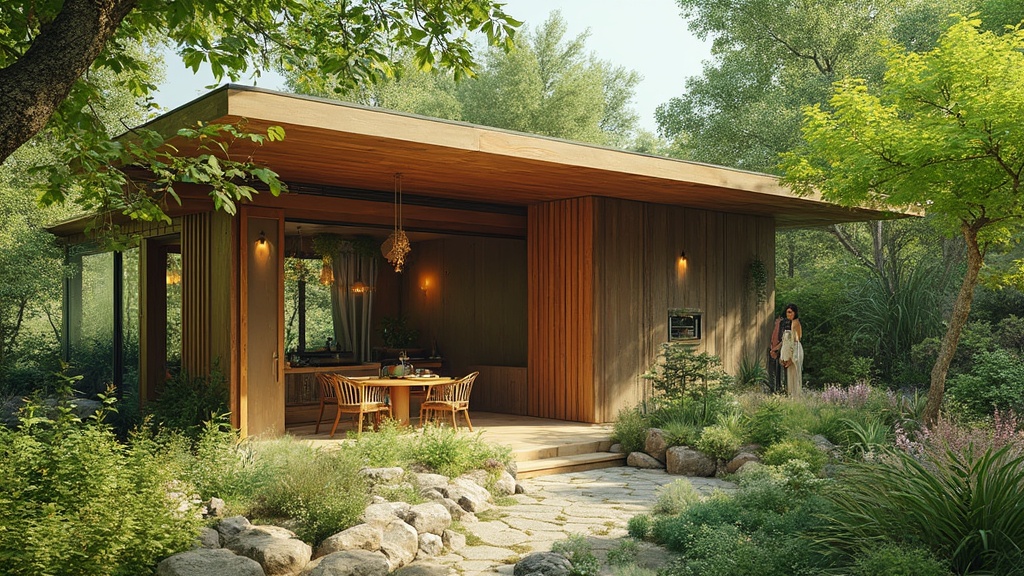
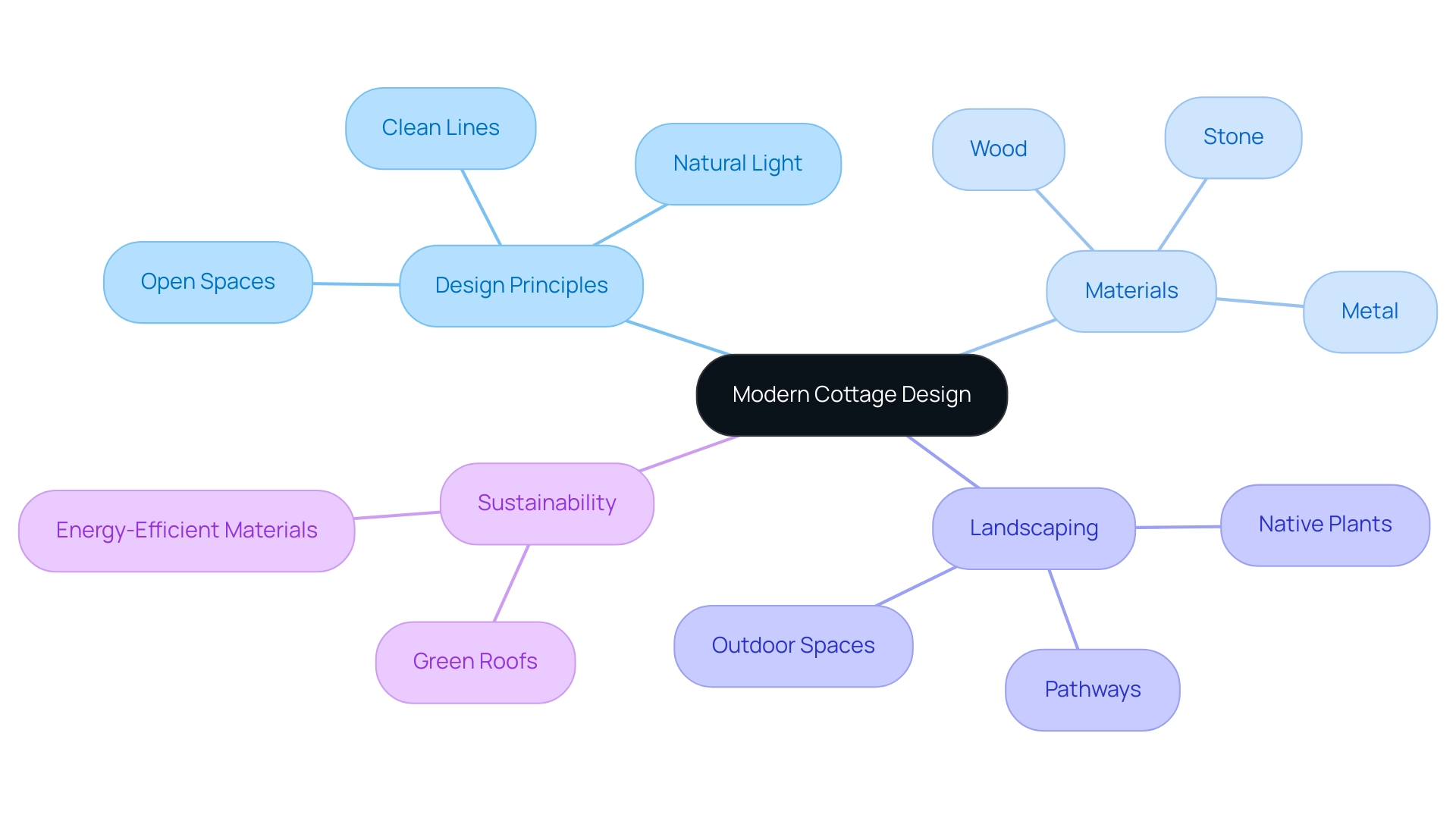
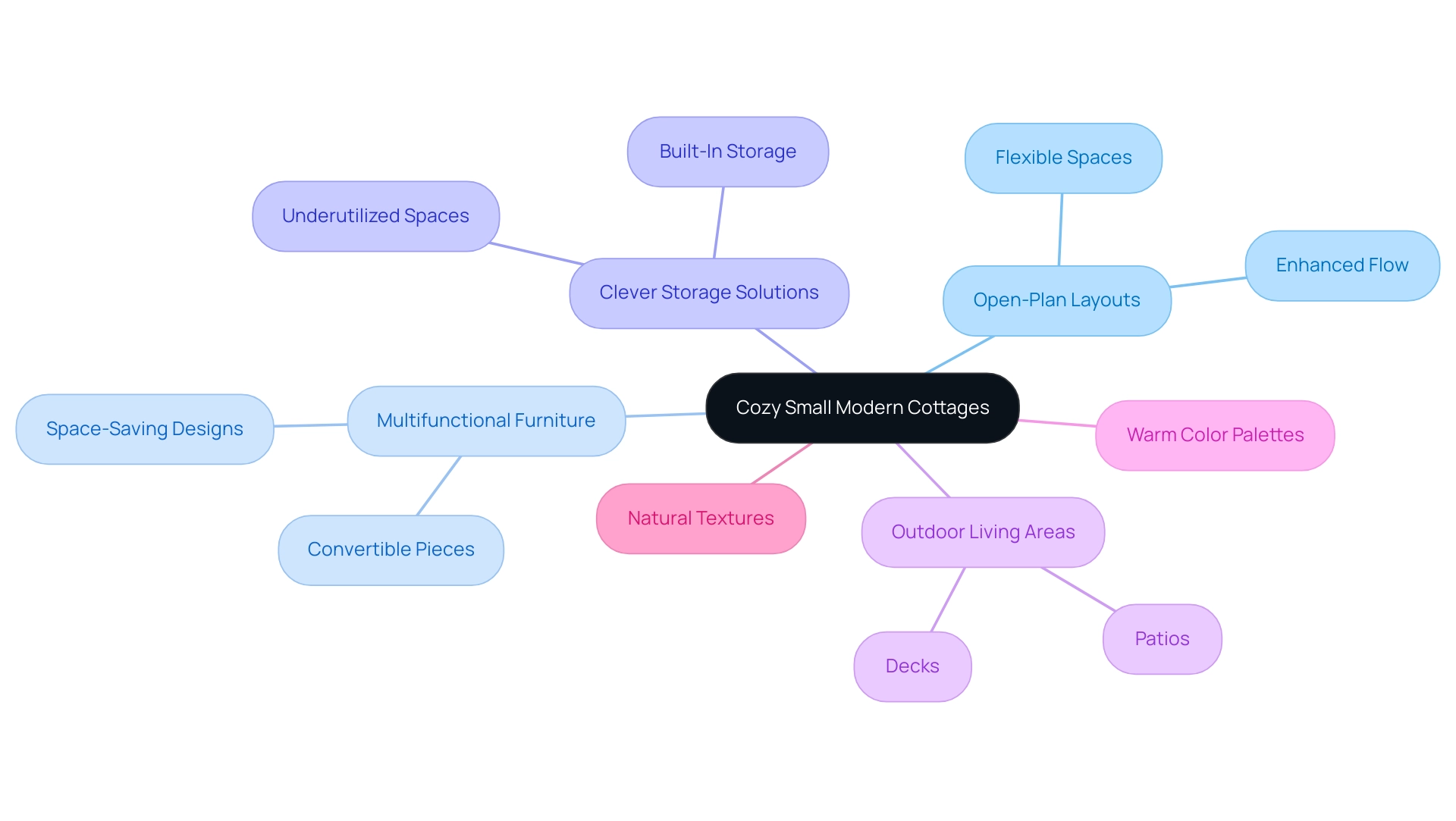
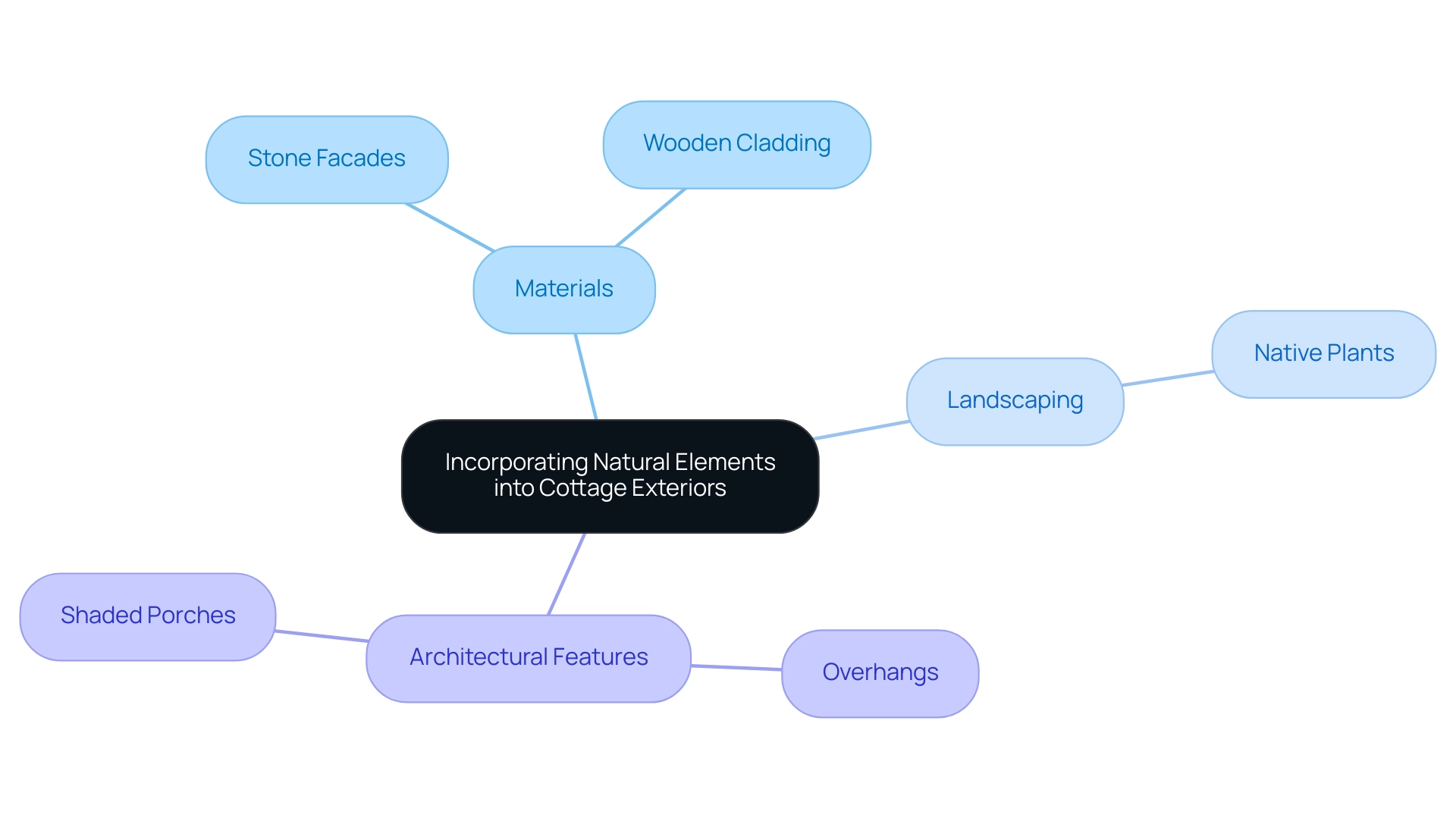
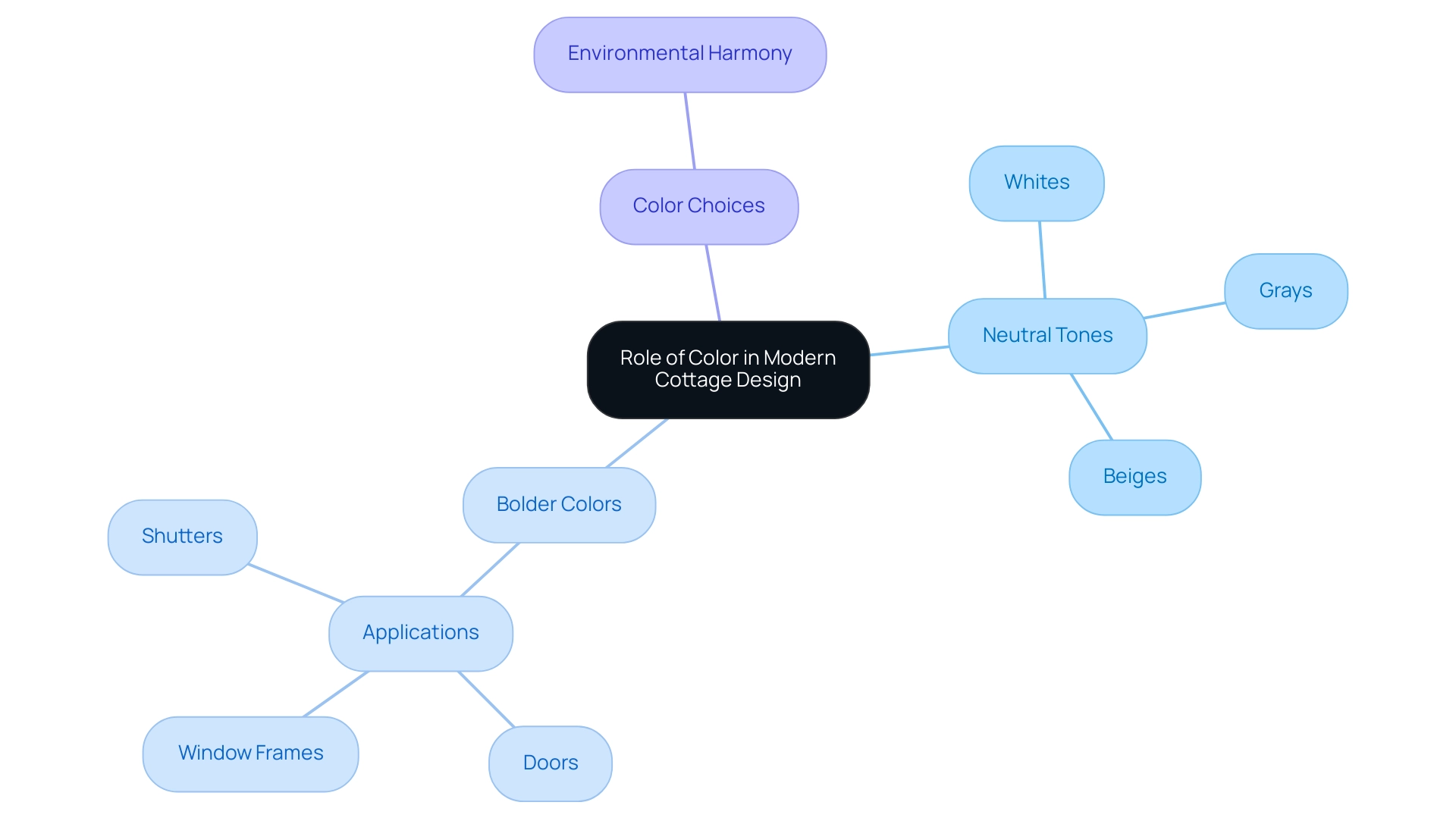
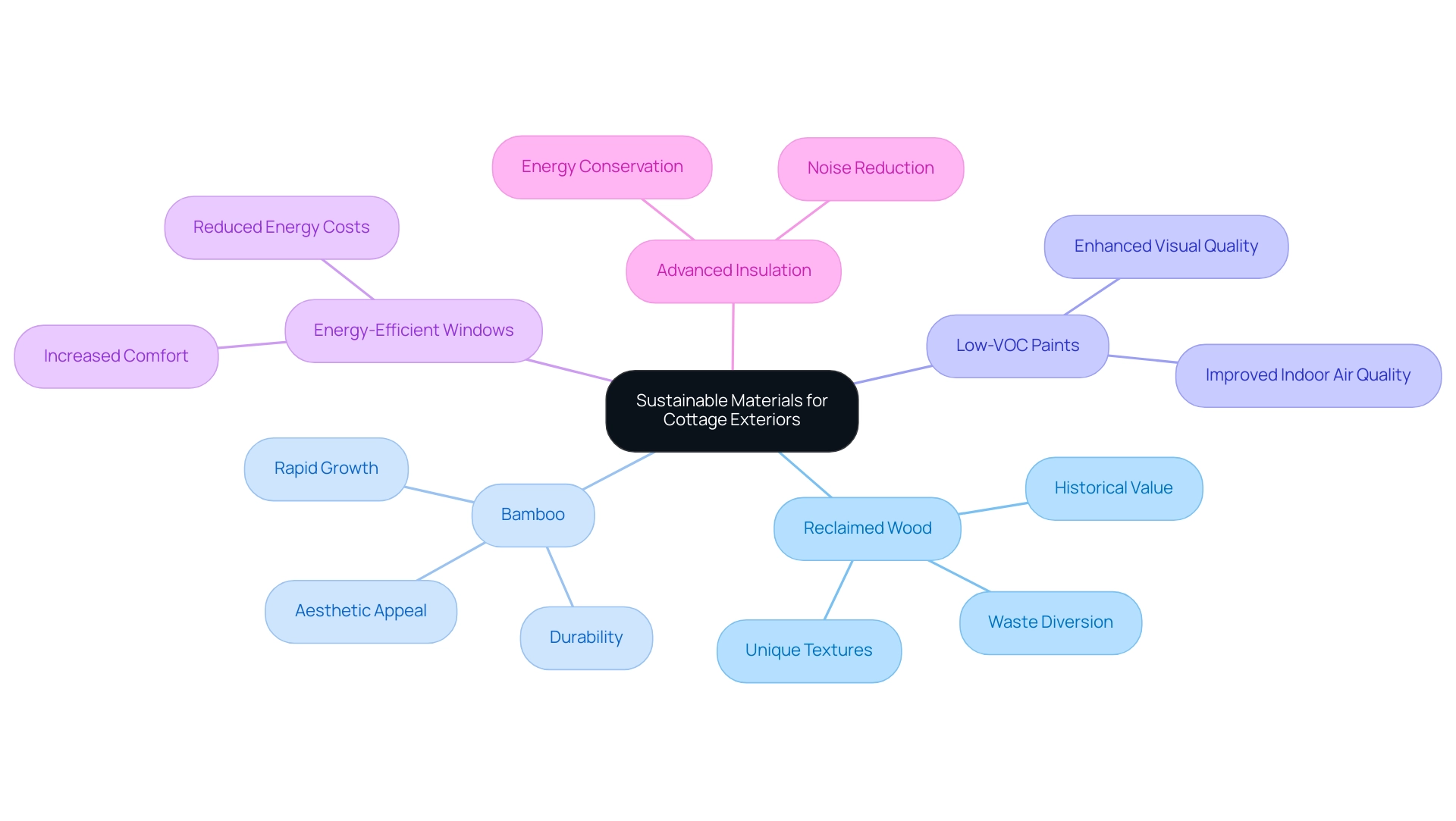
0 Comments